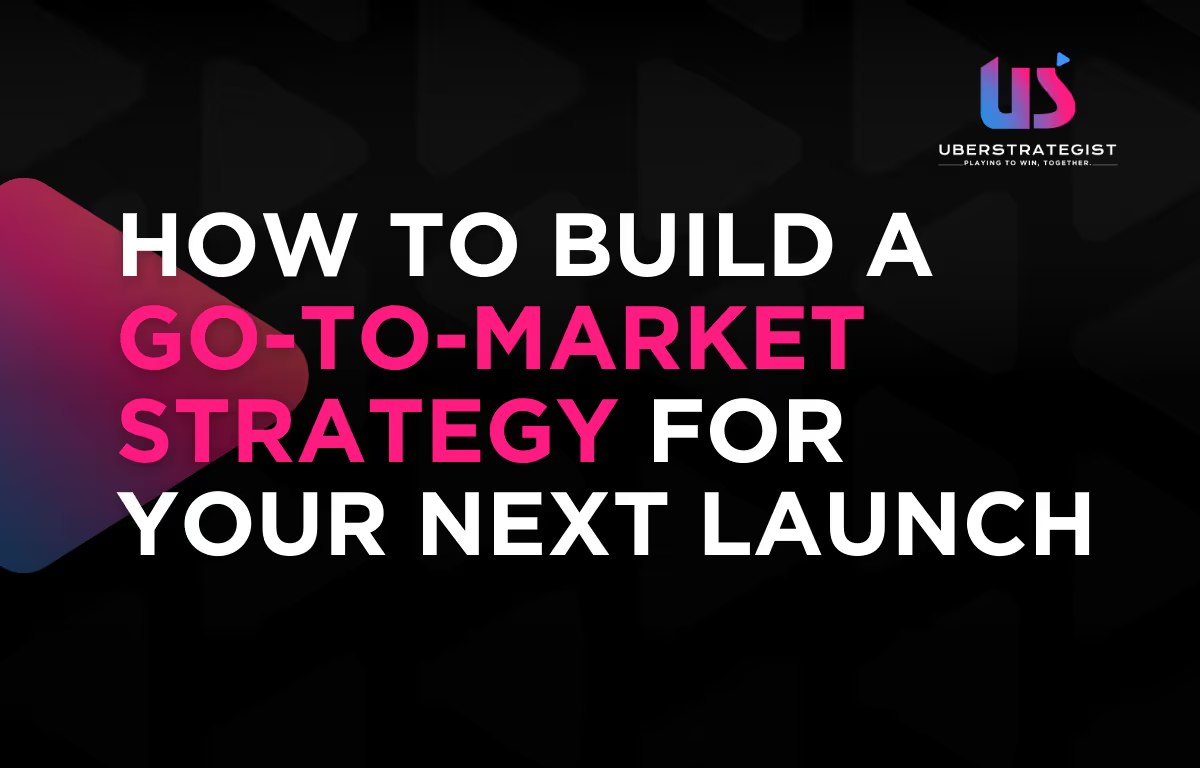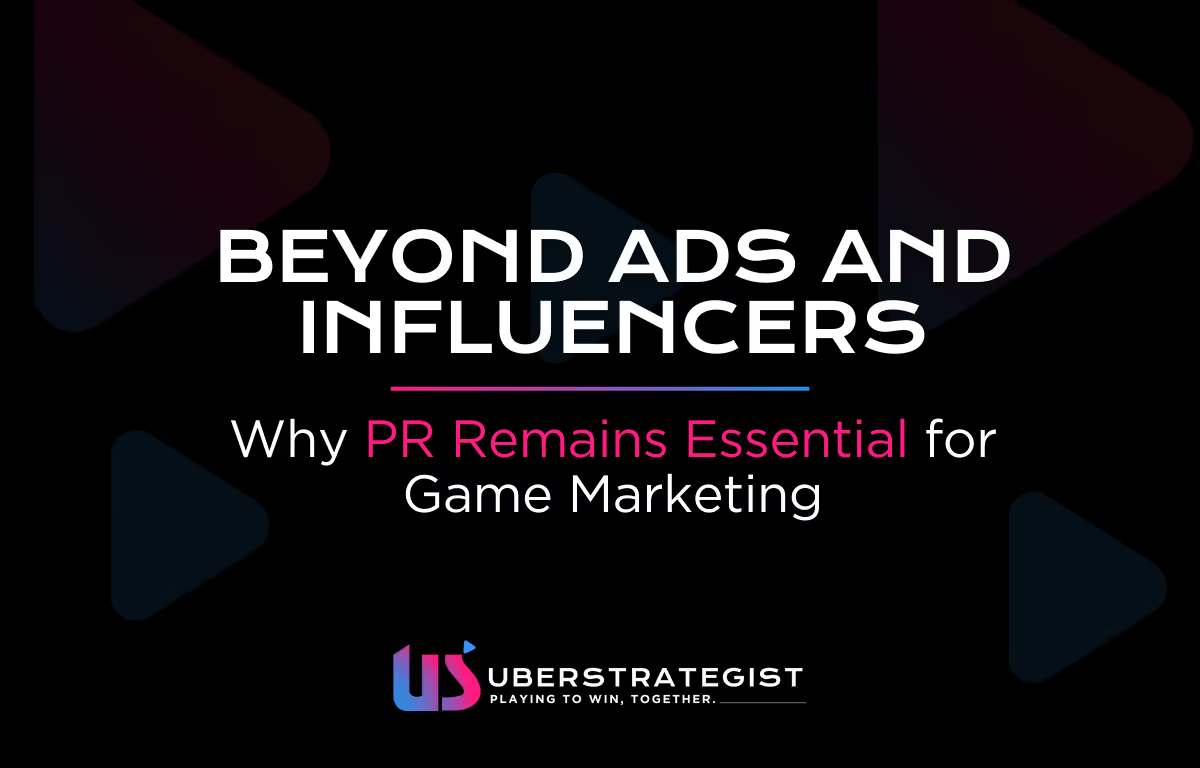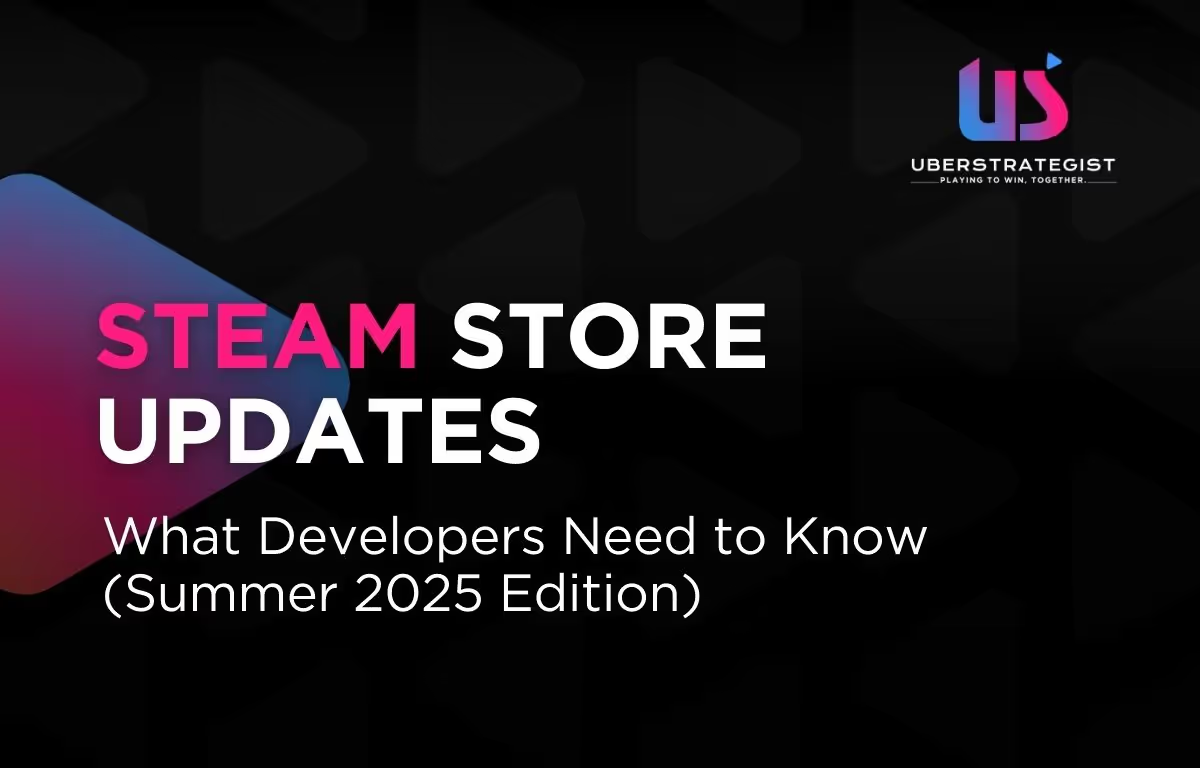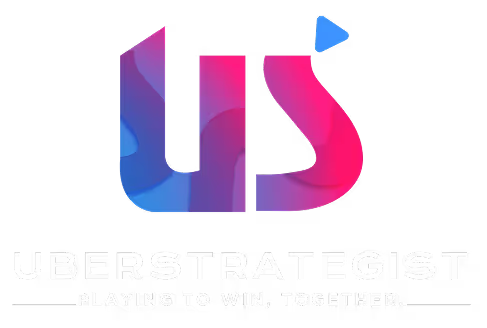How to Choose the Right Game Trailer for Your Marketing Plan
Posted in:
Video Game Marketing
Video Game PR
TL;DR: Types of Video Game Trailers and When to Use Them
- 🎬 Announcement Trailer: First impression. Set the tone, not the details. Keep it emotional, short, and real.
- 👀 Teaser Trailer: Build anticipation. Use one bold moment to grab attention and point toward your reveal.
- 🕹️ Gameplay Trailer: Show what it feels like to play. Keep it authentic and easy to follow.
- 📖 Story Trailer: Focus on emotion and character. Help players care about your world.
- ⭐ Feature Trailer: Highlight one standout element. Keep it focused and clear.
- 📘 Explainer Video: Teach the basics. Perfect for deep or complex games.
- 🗓️ Release Date Trailer: Your Call to Action (CTA) for wishlists and/or pre-orders now that a release date is public knowledge.
- 🚀 Launch Trailer: Your big push. Time it with embargo drops and pre-orders/launch availability.
- 🏆 Accolades Trailer: Extend momentum. Celebrate reviews, awards, and wins.
- 🎥 Live Action Trailer: Use for big campaigns or brand storytelling, when it fits the message.
A great trailer can change everything. Sometimes, it’s the reason someone even hears about your game. Other times, it’s that final nudge that gets them to hit “Add to Wishlist.”
But making the right trailer isn’t just about creativity. It’s about timing and intent. You need to know what to show, when to show it, and why it matters. Every trailer has a job. Some spark first impressions, others show how the game actually plays, and a few celebrate success after launch. Choosing the right one at the right time makes every second and every dollar count.
In this article, we break down the main types of video game trailers, when to use them, and what each should achieve. Whether you’re crafting your first teaser or refreshing your store page, here’s how to plan a video game trailer roadmap that delivers.
{{tldr}}
Types of Video Game Marketing Trailers
Let’s dive in and break down the main types of video game trailers, what they do, and when to release them. Each trailer has a purpose. Use the right one at the right moment, and you’ll turn curiosity into real player engagement.
Announcement Trailer
Goal: Introduce your game and set the tone.
Best for: First reveals and early awareness.
Ideal length: 60–90 seconds.
Your announcement trailer is the first handshake with players. It’s not about features—it’s about feeling. Focus on emotion, visuals, and music that define your game’s identity. Keep the message simple and authentic.
If your gameplay footage isn’t ready, go for cinematic or stylized shots that match your tone. Authenticity matters more than polish. For big showcases, consider pairing it with a short teaser that directs attention to your full reveal.
A strong announcement trailer leaves people curious, not overloaded. It starts a conversation.
Teaser Trailer
Goal: Build curiosity and set up your reveal.
Best for: Pre-announcements or event hype.
Ideal length: 10–30 seconds.
A teaser exists to spark intrigue. Use a single image, sound, or moment that captures the spirit of your game. Don’t explain—suggest. Make people ask questions and want to see more.
Always include a next step, like a date or callout to your upcoming trailer. Keep the timing tight so excitement doesn’t fade. Teasers should tease, not stall.
Gameplay Trailer
Goal: Show how the game plays and feels.
Best for: Media, creators, and store pages.
Ideal length: 60–120 seconds.
This is the trailer most players and press wait for. It’s where curiosity turns into intent.
Show your core gameplay loop clearly. Let people see what it feels like to explore, fight, build, or solve puzzles. Keep shots well-lit and easy to read. Avoid over-editing or hiding the real experience.
Structure your trailer like a short story: start with a hook, build with key gameplay moments, and close with something memorable. Always end with your logo and platforms.
Story Trailer
Goal: Create emotional connection.
Best for: Games with strong characters or worldbuilding.
Ideal length: 60–120 seconds.
A story trailer makes people care. Show just enough to reveal your tone and stakes without spoiling anything. Use short, impactful dialogue and cinematic pacing.
If you have notable actors or writers, this is the time to feature them. Release story trailers closer to launch, when your audience already knows what your game plays like. You’re deepening interest, not explaining basics.
Feature Trailer
Goal: Highlight a unique feature or mechanic.
Best for: Mid-cycle promotion or responding to feedback.
Ideal length: 45–90 seconds.
Feature trailers are your spotlight moments. They zoom in on what makes your game stand out—an expansive world, a new mode, or a surprising system.
They’re great for online showcases or refreshes between major beats. If players misunderstand your game, a focused feature trailer can clarify what makes it special.
Keep each one centered on a single idea. Make the benefit to the player clear. Simple, sharp, and confident wins every time.
Explainer Video
Goal: Clarify gameplay and reduce friction.
Best for: Complex or genre-blending games.
Ideal length: 90–180 seconds.
If your game has layers of depth or unusual systems, an explainer video can make all the difference. Think of it as a visual “how to play” guide.
Show objectives, core loops, and key systems in motion. Use on-screen text, clean visuals, and steady pacing. Voiceover is fine—but only if it adds clarity.
Test the video with someone new to your game. If they can describe how it works after watching, your explainer is doing its job.
Release Date Trailer
Goal: Drive wishlists, pre-orders, and coverage.
Best for: At the latest, typically a month before launch
Ideal length: 60–120 seconds.
This is the moment players have been waiting for. The release date trailer builds hype by confirming when players can finally get their hands on your game.
Release it with a press release or media alert, sharing the release date to capitalize on the excitement and lock in calendar commitments. Mix compelling gameplay highlights with your strongest story beats to remind players why they've been waiting. Showcase what makes your game special while building urgency around the specific date.
End with a clear CTA: mark your calendar and wishlist/pre-order now, and list all supported platforms. The trailer should drive both immediate wishlists and buzz as you count down to launch, living prominently on your store page and social channels throughout your final marketing push.
Launch Trailer
Goal: Drive wishlists, sales, and coverage.
Best for: Launch week and review embargo drops.
Ideal length: 60–120 seconds.
This is your big push. The launch trailer combines everything—gameplay, story, and emotion—to create one definitive snapshot of your game.
Release it alongside review embargo drops to ride the wave of coverage and social chatter. Mix high-energy gameplay with emotional highlights. If you’ve earned strong reviews, include quotes (with permission).
End with a clear CTA: wishlist, buy, or play. The trailer should stand the test of time, living on your store page long after release.
Accolades Trailer
Goal: Keep the buzz alive and build credibility.
Best for: Post-launch campaigns and sales events.
Ideal length: 30–90 seconds.
An accolades trailer celebrates success and sustains momentum. Use it to spotlight awards, review scores, or community milestones.
Always secure permission before using quotes or outlet logos. Some reviewers may charge a fee, so budget for it. Keep quotes short, consistent, and easy to read. Pair them with dynamic gameplay to keep the energy level high.
This trailer is about credibility as much as celebration. It shows that players and press already trust your game—helping new audiences do the same.
Live Action Trailer
Goal: Make a statement and expand reach.
Best for: Large campaigns or unique creative ideas.
Ideal length: 15–60 seconds.
Live action trailers can turn heads—but only when they serve a purpose. They’re best for studios with bigger budgets or a creative hook that ties directly to the game’s message.
You’ll often see them on TV or streaming ads. They can also help showcase your brand’s personality if used wisely. Just make sure the connection between live footage and gameplay is clear.
When done right, live action trailers can elevate perception and make a campaign feel bigger than life. If it doesn’t fit naturally, skip it. The best creative decision is sometimes restraint.
How to Plan Your Trailer Roadmap
Having a clear roadmap for your trailers saves time and budget. Every trailer should have a purpose and a planned release window. The goal isn’t to make more videos; it’s to make the right ones.
Here are some simple steps to creating a trailer roadmap.
1. Outline your milestones.
List every major beat—teaser, announcement, gameplay, story, launch, accolades. Assign goals, owners, and deliverables.
2. Build a production timeline.
Work backward from your key dates. Leave room for capture, localization, and approvals. Rushing kills impact.
3. Keep visuals consistent.
Use the same logo treatments, typography, and tone across every trailer. Consistency builds recognition and trust.
4. Prepare multiple formats.
Edit for vertical, horizontal, and square. Add subtitles and localizations. Accessibility improves performance.
5. Measure and adapt.
Track engagement. Watch what drives wishlists and shares. Use that data to refine future releases.
A strong trailer roadmap helps your whole campaign run smoothly and aligns every asset to ensure your story lands exactly as intended.
Need Help? Let’s Talk
If you’re ready to build a trailer plan or want expert feedback on your next campaign, we can help. The UberStrategist team works with studios of every size to turn creative ideas into measurable results. Let’s talk.
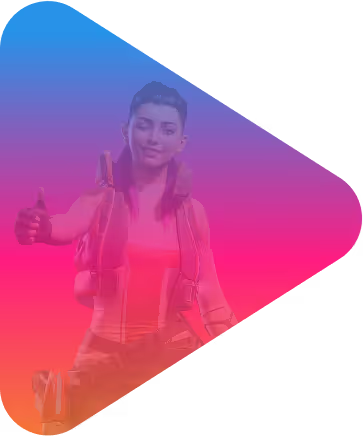
.avif)



